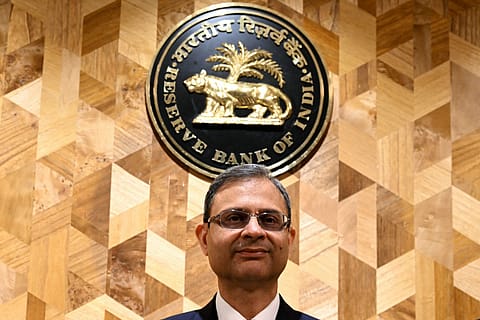RBI cuts repo rate by 25 bps: Home loan EMIs could drop—but will yours? Here's the fine print
A lower repo rate means that commercial banks can borrow funds from the RBI at a reduced cost.

In a move aimed at stimulating economic growth amid external pressures, the Reserve Bank of India (RBI) has reduced the repo rate by 25 basis points, bringing it down to 6%. This marks the second consecutive rate cut this year, following a similar reduction in February.
For home loan borrowers, this development will bring financial relief. A lower repo rate means that commercial banks can borrow funds from the RBI at a reduced cost. If banks choose to pass on this benefit to consumers, it could lead to a decrease in home loan interest rates, thereby reducing Equated Monthly Installments (EMIs).
Rajat Mehta, Director, ElitePro Infra says, "For homebuyers, it is positive news, making it a lenient approach on the part of the committee. The reduction will make home loans and EMIs affordable. Homebuyers can also go for floating rate loans for more affordable housing."
For instance, consider a borrower with a home loan of ₹50 lakh over a 30-year tenure at an interest rate of 8.70%. Their current EMI would be approximately ₹39,157. If the full 25 basis point reduction is passed on, lowering the interest rate to 8.45%, the EMI would decrease to around ₹38,269. This translates to a monthly saving of nearly ₹900, amounting to an annual saving of approximately ₹11,000.
Adhil Shetty, CEO, BankBazaar.com, said, "Today’s rate cut is on expected lines. Home loan rates are about to go sub-eight again with today’s 25 bps rate cut. The lowest rates we’re currently seeing are between 8.10 and 8.35. However, the lowest rates are typically reserved for prime borrowers (credit score > 750) and refinance cases."
"Homeowners paying a substantially higher rate (50 bps or higher above prevalent rates) are advised to refinance their loans to avail lower rates. Do note that automatic, immediate and full rate cuts are available only on repo-linked home loans offered by banks. Despite six years of repo-linking, we see that only 50% of floating rate loans with government banks are still linked to the MCLR and 2% to Base Rate. Borrowers with these banks are advised to take stock of their older loan benchmark and consider a refinance to a repo-linked home loan if it helps them save interest outflows," said Shetty.
The older systems do not transmit rate cuts quickly or fully. Hence, borrowers whose loans are still based on MCLR or Base Rate may not benefit from the rate cut immediately. Such borrowers should review their loan terms and consider switching to a repo-linked home loan, which offers faster and more transparent rate adjustments, especially when rates are falling. This can help reduce their interest burden in the long run.
Recommended Stories
Vimal Nadar, Head of Research at Colliers India said, "Consecutive reduction in benchmark lending rates will boost homebuyers’ sentiments and resultantly improve housing demand particularly in affordable and middle-income segments. Real estate developers across segments also stand to benefit from likely lowering of financing costs. Overall demand and real estate growth is likely to be on the upswing, given the anticipation of further easing in monetary policy.”
Thus, the actual impact on borrowers will depend on how promptly and to what extent individual banks adjust their lending rates in response to the RBI's decision. While the rate cut allows reduced borrowing costs, the transmission of these benefits to consumers is contingent upon the policies of respective financial institutions.